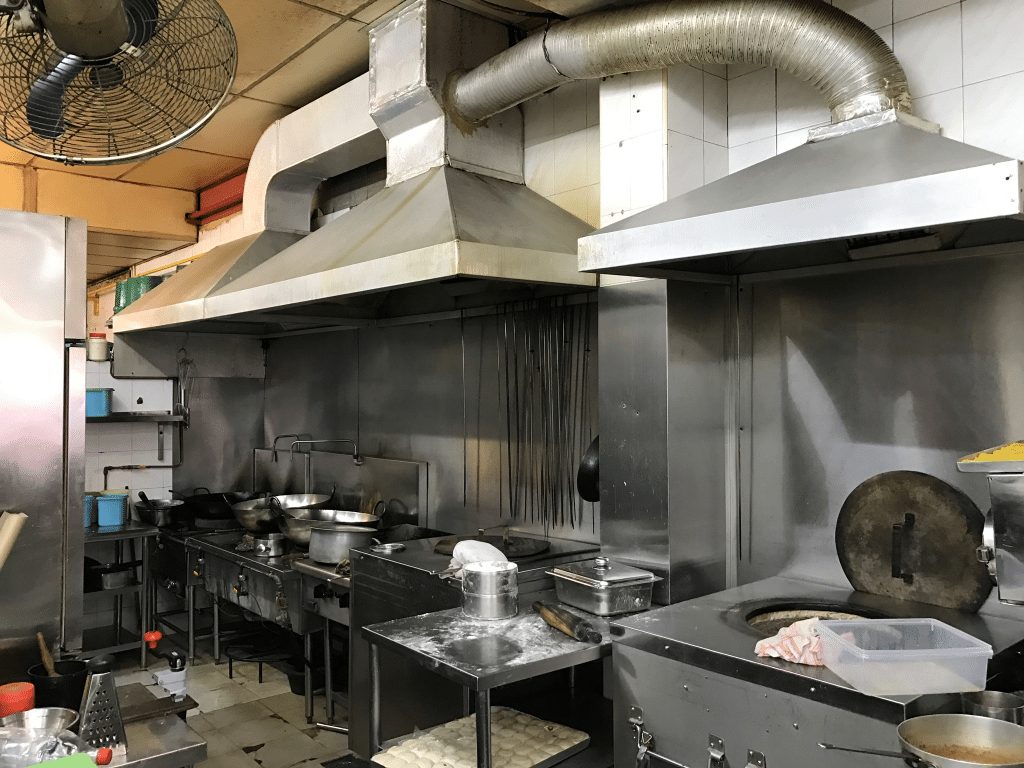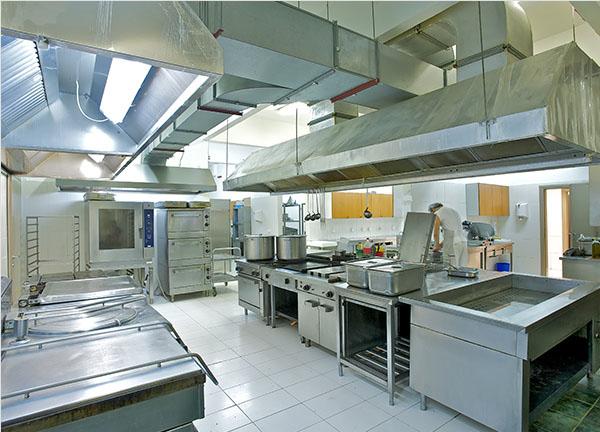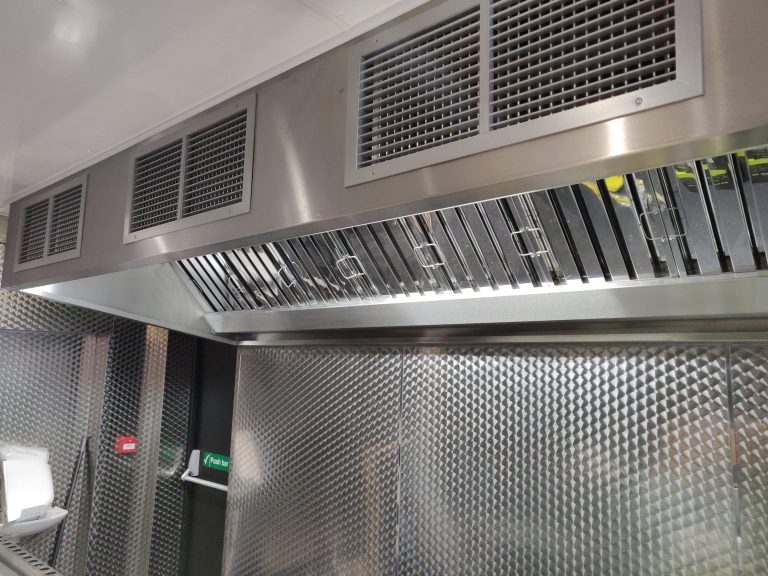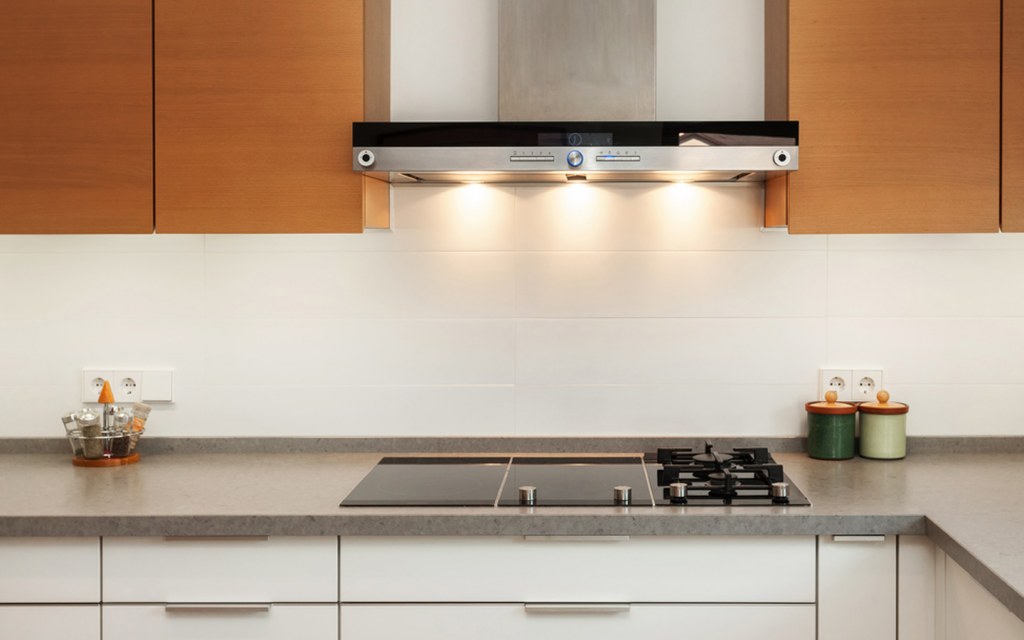A well-designed kitchen exhaust system is essential for any home kitchen. Not only does it remove smoke, grease, and food odors, but it also helps maintain a clean and healthy environment in your kitchen. However, designing an effective and efficient exhaust system for your kitchen can be a daunting task. In this article, we will discuss the top 10 key components to consider when designing a home kitchen exhaust system.1. Kitchen Exhaust System Design: Planning for a Functional and Stylish Kitchen
Whether you are an avid home cook or just enjoy occasional cooking, having a kitchen exhaust system is crucial for maintaining proper air quality in your home. Without proper ventilation, cooking can release harmful pollutants and create a stuffy and uncomfortable environment. A well-designed exhaust system will not only improve air quality but also add value and style to your kitchen.2. Home Kitchen Exhaust System: Why You Need One
A kitchen exhaust system is a ventilation system that removes airborne contaminants from your kitchen. It typically consists of a range hood, ductwork, and an exhaust fan. The range hood is the visible component that is installed above your cooktop or range and captures the contaminants. The ductwork then carries the pollutants outside, and the exhaust fan helps to expel them.3. Kitchen Exhaust System: Understanding the Basics
Choosing the right range hood is crucial for the efficiency and effectiveness of your kitchen exhaust system. There are various types of range hoods available, such as wall-mounted, under cabinet, island, and downdraft hoods. Consider the size of your kitchen, the type of cooking you do, and the style you want to achieve when selecting a range hood.4. Kitchen Exhaust Design: Finding the Right Range Hood
The size of the ductwork is an essential factor to consider when designing your kitchen exhaust system. The ductwork should be large enough to carry the contaminated air outside without any obstructions or restrictions. A general rule is to have the ductwork at least the same size as the range hood's opening. However, for larger kitchens or heavy-duty cooking, a larger duct may be required.5. Home Kitchen Exhaust Design: Sizing the Ductwork
Proper airflow is crucial for an effective kitchen exhaust system. It ensures that the pollutants are adequately captured and removed from your kitchen. The range hood's airflow is measured in cubic feet per minute (CFM), and the recommended CFM for your kitchen depends on its size and the type of cooking you do. Consult an expert to determine the right airflow for your kitchen.6. Kitchen Ventilation System Design: The Importance of Proper Airflow
As the kitchen exhaust system removes contaminated air from your kitchen, it also creates negative pressure, which can cause issues such as backdrafting and reduced efficiency of other appliances. To avoid these problems, it is essential to have a makeup air system, which replaces the expelled air with fresh outdoor air. This balance of airflow will maintain a healthy and safe environment in your kitchen.7. Home Kitchen Ventilation System: Balancing with Makeup Air
An exhaust fan is a critical component of a kitchen exhaust system. It is responsible for removing the contaminated air and maintaining proper airflow. When selecting an exhaust fan, consider its CFM, noise level, and energy efficiency. It is also essential to have a fan that can be easily accessed and cleaned for maintenance purposes.8. Kitchen Ventilation Design: The Role of Exhaust Fans
Kitchen exhaust systems do not have to be just functional; they can also add style to your kitchen. Range hoods come in various designs, materials, and finishes, allowing you to customize the look to match your kitchen's style. From sleek stainless steel to elegant copper, there is a range hood to suit any design aesthetic.9. Home Kitchen Ventilation Design: Adding Style to Your Kitchen
Proper maintenance and cleaning of your kitchen exhaust system are crucial for its longevity and effectiveness. Regularly clean the range hood and ductwork to remove any grease buildup. It is also essential to replace the filters as recommended by the manufacturer. A well-maintained exhaust system will not only function better but also prevent potential fire hazards. In conclusion, designing a home kitchen exhaust system requires careful consideration of various components to ensure functionality, efficiency, and style. By following these top 10 key factors, you can create a well-designed exhaust system that will improve air quality and add value to your home. Remember to consult an expert for guidance and to properly maintain your kitchen exhaust system for optimal performance.10. Exhaust System for Home Kitchen: Maintenance and Cleaning
The Importance of a Well-Designed Home Kitchen Exhaust System

Efficient Ventilation for Better Air Quality
 A home kitchen exhaust system plays a crucial role in maintaining a healthy and comfortable living environment. Good ventilation is essential in any home, especially in the kitchen where cooking can produce smoke, steam, and odors. Without proper ventilation, these pollutants can linger in the air and cause respiratory problems, unpleasant smells, and even damage to your kitchen and home. That's why a well-designed exhaust system is vital in ensuring that your home's air quality remains at its best.
A home kitchen exhaust system plays a crucial role in maintaining a healthy and comfortable living environment. Good ventilation is essential in any home, especially in the kitchen where cooking can produce smoke, steam, and odors. Without proper ventilation, these pollutants can linger in the air and cause respiratory problems, unpleasant smells, and even damage to your kitchen and home. That's why a well-designed exhaust system is vital in ensuring that your home's air quality remains at its best.
Preventing Fire Hazards
 Apart from improving air quality, a properly designed kitchen exhaust system also helps to prevent potential fire hazards. Grease and oil build-up from cooking can accumulate in the kitchen, creating a fire risk. With an efficient exhaust system, these particles are quickly removed from the air and directed outside, reducing the chances of a fire starting. This is especially important for homes that use gas stoves, as gas stoves produce more heat and are more prone to causing fires.
Apart from improving air quality, a properly designed kitchen exhaust system also helps to prevent potential fire hazards. Grease and oil build-up from cooking can accumulate in the kitchen, creating a fire risk. With an efficient exhaust system, these particles are quickly removed from the air and directed outside, reducing the chances of a fire starting. This is especially important for homes that use gas stoves, as gas stoves produce more heat and are more prone to causing fires.
Reducing Moisture and Humidity
 A well-designed kitchen exhaust system not only removes smoke and odors but also helps to reduce moisture and humidity. When cooking, steam and moisture are released into the air, which can cause mold and mildew growth in the kitchen and other areas of the home. This can lead to health problems and damage to your home's structure. With a properly designed exhaust system, excess moisture is removed from the air, keeping your kitchen and home dry and preventing potential health and structural issues.
A well-designed kitchen exhaust system not only removes smoke and odors but also helps to reduce moisture and humidity. When cooking, steam and moisture are released into the air, which can cause mold and mildew growth in the kitchen and other areas of the home. This can lead to health problems and damage to your home's structure. With a properly designed exhaust system, excess moisture is removed from the air, keeping your kitchen and home dry and preventing potential health and structural issues.
Energy Efficiency
 A well-designed home kitchen exhaust system can also contribute to energy efficiency in your home. By removing excess heat and moisture from the air, your air conditioning system won't have to work as hard to cool your home, resulting in lower energy bills. Additionally, some newer exhaust systems come with energy-saving features such as timers and motion sensors, allowing you to control the system's operation and reduce energy consumption.
A well-designed home kitchen exhaust system can also contribute to energy efficiency in your home. By removing excess heat and moisture from the air, your air conditioning system won't have to work as hard to cool your home, resulting in lower energy bills. Additionally, some newer exhaust systems come with energy-saving features such as timers and motion sensors, allowing you to control the system's operation and reduce energy consumption.
Design Considerations
 When designing a home kitchen exhaust system, several factors need to be considered to ensure its efficiency and effectiveness. These include the size of your kitchen, the type of cooking appliances used, and the layout of your home. It's also essential to choose the right size and power for your exhaust fan to ensure it can efficiently remove pollutants and moisture from the air.
In conclusion, a well-designed home kitchen exhaust system is essential for maintaining a healthy and safe living environment. It not only improves air quality but also reduces potential fire hazards, moisture and humidity, and can contribute to energy efficiency in your home. When planning your home's design, don't overlook the importance of a well-designed kitchen exhaust system.
When designing a home kitchen exhaust system, several factors need to be considered to ensure its efficiency and effectiveness. These include the size of your kitchen, the type of cooking appliances used, and the layout of your home. It's also essential to choose the right size and power for your exhaust fan to ensure it can efficiently remove pollutants and moisture from the air.
In conclusion, a well-designed home kitchen exhaust system is essential for maintaining a healthy and safe living environment. It not only improves air quality but also reduces potential fire hazards, moisture and humidity, and can contribute to energy efficiency in your home. When planning your home's design, don't overlook the importance of a well-designed kitchen exhaust system.
























































































